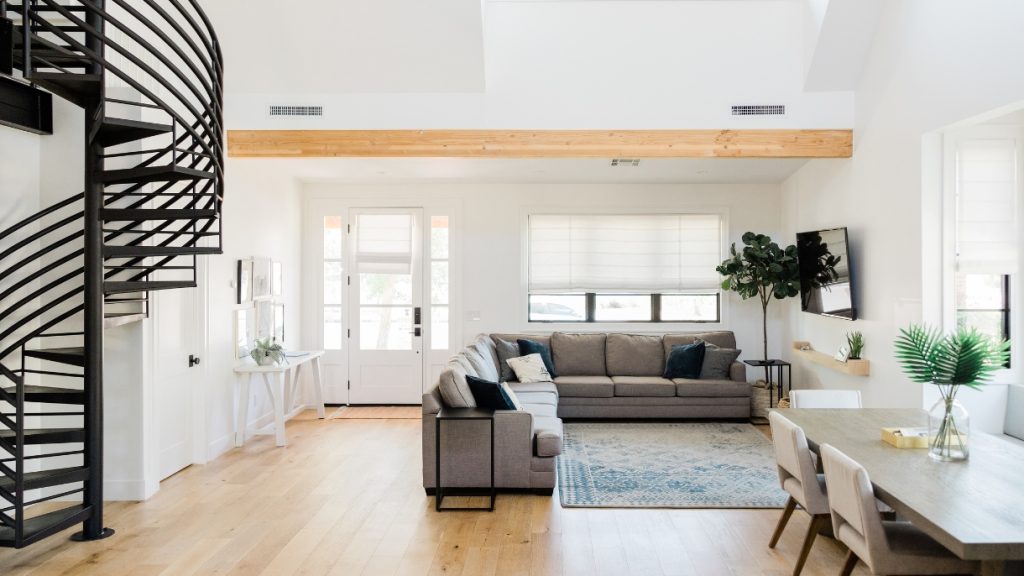Packing Tips for Storage That Make Life Easier
When you look up packing tips for storage, you’re likely aiming to simplify the process, protect your belongings, and avoid future headaches. Whether you’re preparing for a move, decluttering, or just need extra space, how you pack makes all the difference. From picking the right containers to avoiding classic mistakes, there are clear ways to make your storage experience a lot smoother.
Why Smart Packing Matters for Long-Term Storage
Packing isn’t just about fitting things into boxes. It’s about making sure your belongings stay in good shape, are easy to access later, and don’t cost more to replace or repair. For long-term storage especially, poor packing can lead to mold, dust damage, or broken items. Temperature changes and humidity can affect items like books, electronics, and furniture. But with the right packing strategy, you avoid surprises down the line and keep things looking and working like new. Besides, an orderly unit means you spend less on duplicate purchases because you can actually locate what you already own.
Essential Packing Tips for Storage
Choose the Right Containers
For short-term storage, cardboard boxes can do the job but for anything longer, plastic bins with secure, tight-fitting lids are a smarter option. Plastic bins are more resistant to moisture, pests, and general wear-and-tear, making them ideal for protecting your belongings over time.
If cardboard is your only option, reinforce the bottom with extra layers of packing tape and toss in silica gel packets to help absorb moisture. It’s also a good idea to raise boxes off the ground using pallets or shelving to avoid damage from unexpected leaks or humidity buildup. Eco-conscious? Renting reusable plastic crates is gaining popularity. These stackable containers are durable, space-efficient, and help cut down on waste perfect if you’re trying to pack smart and sustainably.
Label Everything—Twice
Slapping a single label that says “misc stuff” might feel efficient in the moment, but you’ll regret it when searching later. Be specific with labels write what’s inside, like “Kitchen – toaster, spatula, mugs”. Put one label on top and one on the side so you can still read it even when boxes are stacked.
You can also color-code by room using tape or stickers: red for kitchen, blue for bathroom, green for living room. This helps you locate and sort your belongings with way less hassle.
Protect Fragile Items the Right Way
If you’re storing dishes, glasses, or electronics, extra care goes a long way:
- Glassware: Wrap each piece in paper or bubble wrap, and use dividers when possible.
- Furniture: Cover in breathable fabric not plastic so it doesn’t trap moisture.
- Electronics: Store in original boxes if you still have them. Otherwise, wrap in anti-static bubble wrap and remove batteries beforehand.
Always place heavier items at the bottom of boxes and keep the light ones on top. That keeps pressure from damaging delicate things during stacking.
Common Mistakes to Avoid
Avoiding a few common mistakes can save you time and frustration.
Overpacking Boxes
Trying to fit too much into one box can make it tear or become impossible to lift safely. Distribute weight evenly and avoid filling one box with all heavy items like books or canned goods.
Leaving Things Unclean
Make sure everything is clean and dry before storage. Leftover crumbs or moisture can lead to mold, rust, or even pest infestations.
Forgetting Inventory
You might think you’ll remember what’s in your storage unit but a few months later, it’s easy to forget. A quick photo log or a handwritten inventory sheet helps you keep track of what’s inside and where it’s located.
Packing Based on Storage Duration
Short-Term Storage (Under 3 Months)
You don’t need to overthink it just make sure things are clean and well-labeled. Clothes can stay in suitcases or wardrobe boxes, and essentials should remain accessible.
Medium-Term Storage (3 to 12 Months)
Take extra steps like wrapping wood furniture with breathable covers and storing electronics with desiccant packets. Think ahead about seasonal needs and pack based on priority.
Long-Term Storage (1 Year or More)
For longer storage, climate control becomes much more important. Invest time in carefully wrapping and layering items. Break down furniture, store fabrics in vacuum bags, and avoid stacking too high to reduce pressure damage.

Final Thoughts
By following smart packing tips for storage, you can make the process efficient, cost-effective, and hassle-free. The right materials and techniques can save your belongings from damage and help you feel more in control of your space. When you’re ready to store your packed items securely, consider The Storage Place. With clean, modern facilities and easy access throughout Singapore, it’s a solid choice for keeping your things safe while freeing up space at home.






